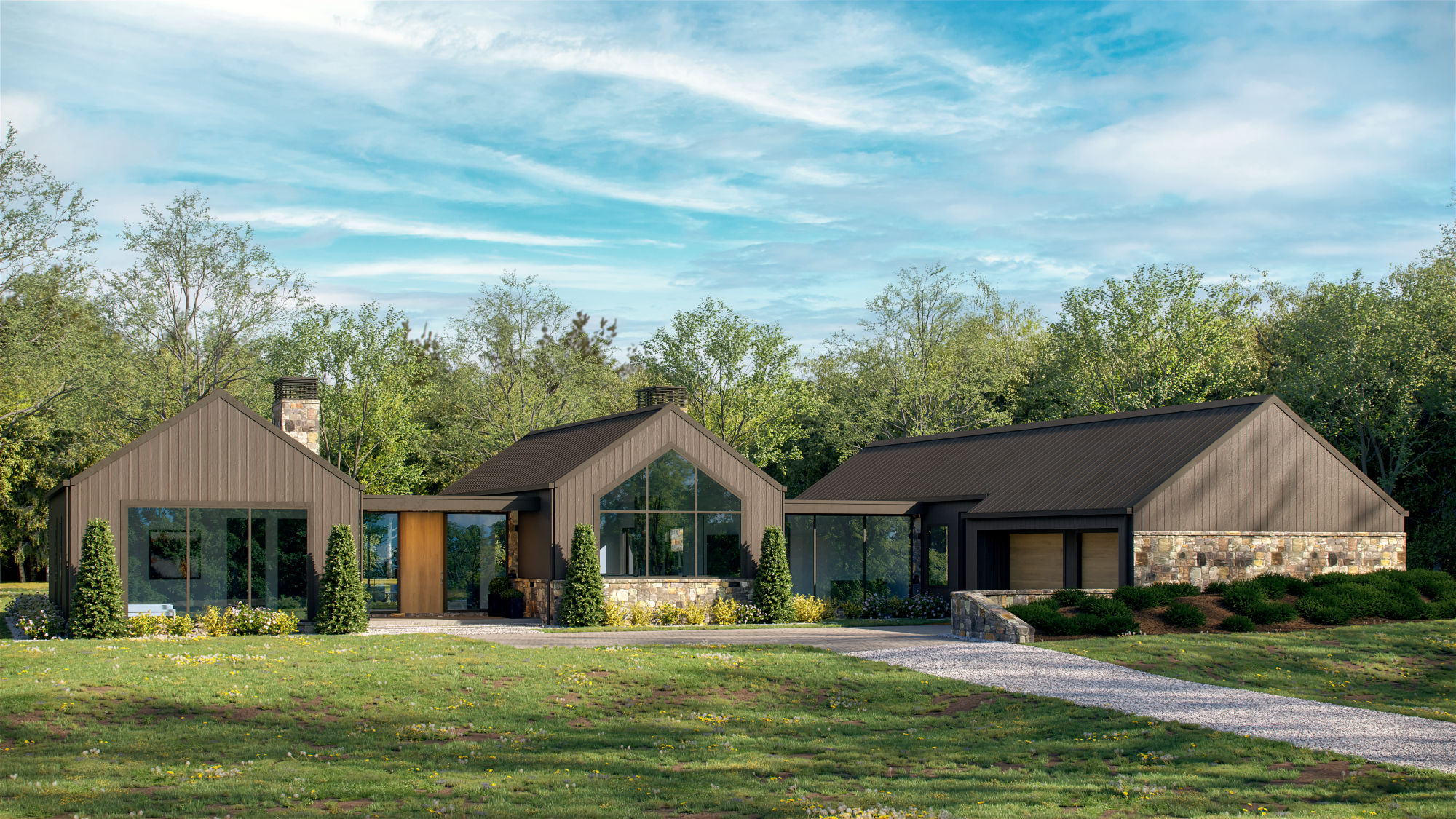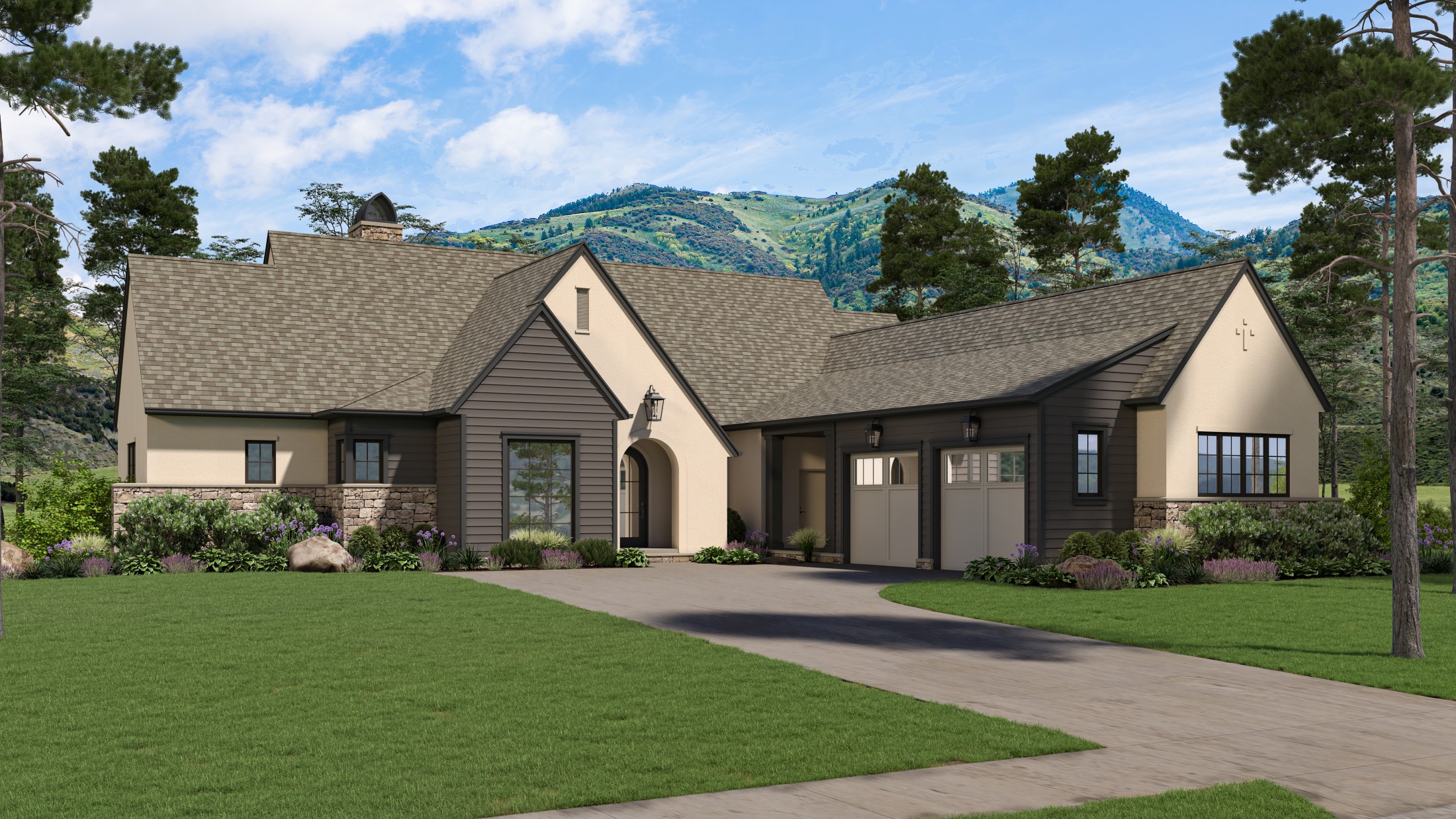Contemporary architecture is witnessing a remarkable shift as one-story homes experience a resurgence in popularity. Once overlooked in favor of homes that maximized square footage on smaller lots, these single-level dwellings are now a welcome addition to the luxury real estate market.
This renewed interest isn’t merely nostalgic — it’s practical. As older generations seek to age in place without navigating stairs, younger families appreciate the safety aspects and connection to outdoor spaces.
Architects and designers have embraced this emerging trend, reimagining the humble ranch and rambler with contemporary flair. Today’s single-story homes feature open floor plans that eliminate the compartmentalized feel of mid-century predecessors. Vaulted ceilings and cathedral windows invite abundant natural light, eliminating any worries of a dark or boxed in type of feel to the home.
Innovative architects are proving that one-story living needn’t sacrifice style or functionality. As land costs continue rising in many markets, the slightly larger footprint required by single-level homes has become a luxury worth investing in for many homebuyers seeking accessibility, connection to outdoor spaces, and freedom from the constant up-and-down of daily life.
Distinctive One-Story Homes for 2025
Here are two examples of Cottage Group’s single story homes listed in our portfolio:

The Meadow: Modern Farmhouse Meets 50s Rambler. This fusion style takes the horizontal lines and efficient layout of mid-century ramblers but reimagines them with farmhouse aesthetics, with abundant use of glass to maximize saturation of natural light. Inside, the open concept living space includes modern interpretations of classic farmhouse elements, all without sacrificing the practical single-level living that made the original ranch homes so functional for families.
The Oakley: 1920s Tudor-Inspired with Minimalist Attributes. This unexpected yet captivating combination brings the steeply pitched roof sections and decorative 20s stucco of Tudor architecture down to a single-story profile, while stripping away excessive ornamentation in favor of clean lines. Tudor elements like arched doorways and simple decorative touches abound, along with larger expanses of glass, and thoughtful integration of indoor-outdoor spaces that reflect modern living.

